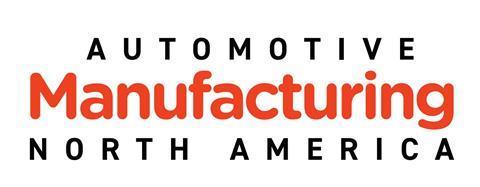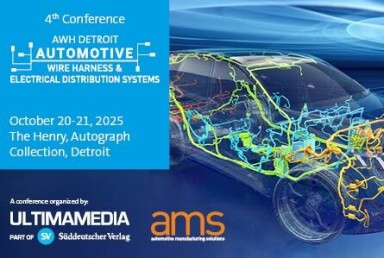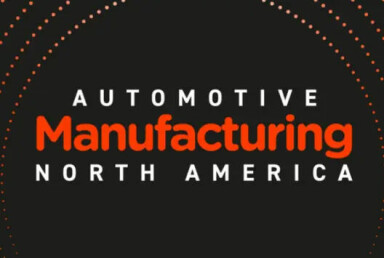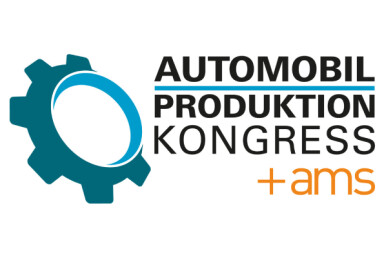Loretta Dittrich, JLR
Automating complexity: How JLR Is futureproofing production and skills
From goods-to-person automation and modular design strategies to technical training and career paths, Loretta Dittrich, logistics director for global manufacturing engineering explains how the OEM is reshaping both systems and skills to meet the demands of more customised, digitalised vehicle production.
Related video
-

Video: Opel’s Bilyana Stern on leadership, logistics and building resilience at Stellantis
-
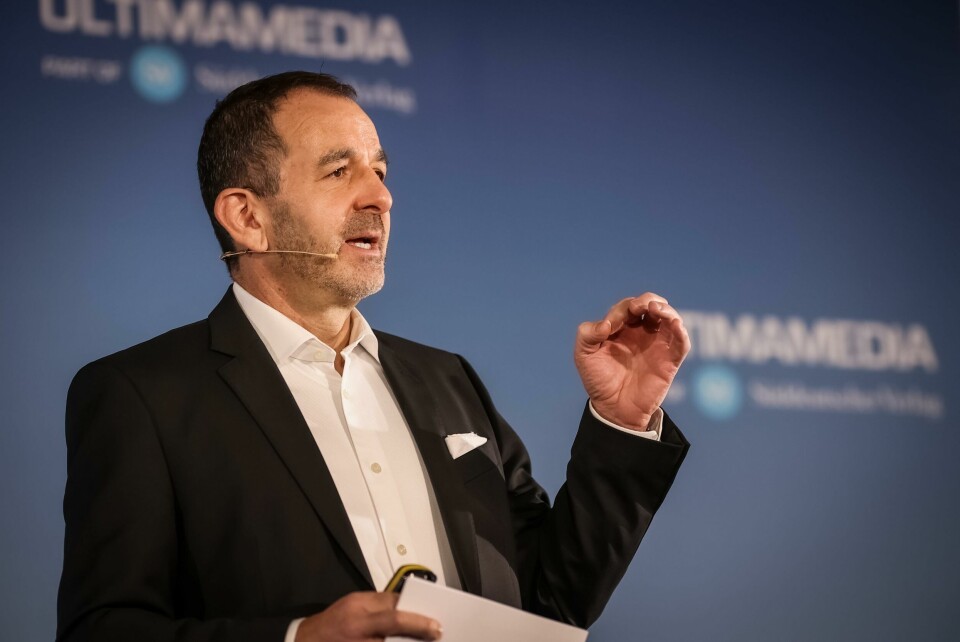
Video: BMW’s Dr. Michael Nikolaides on AI, robotics, and resilience
-
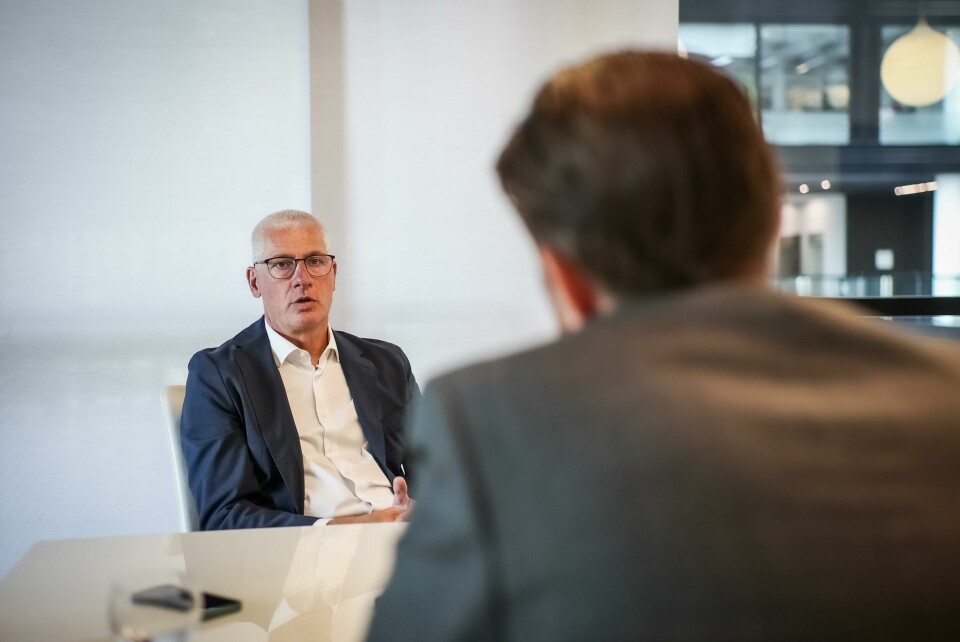
Video: Arno Güllering on transforming Dräxlmaier’s global production
-
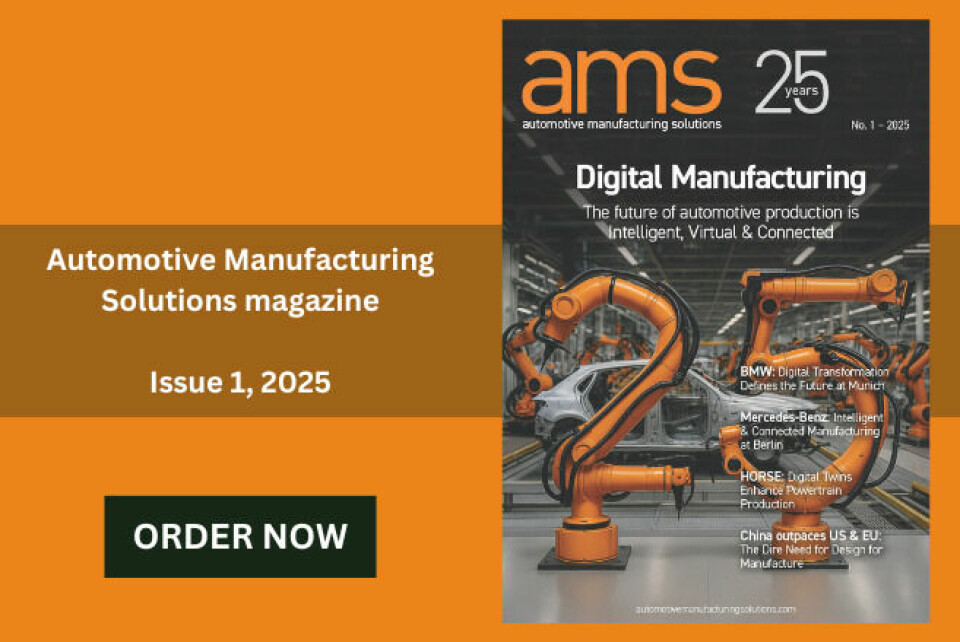
Automotive Manufacturing Solutions Magazine – Issue 1, 2025
-
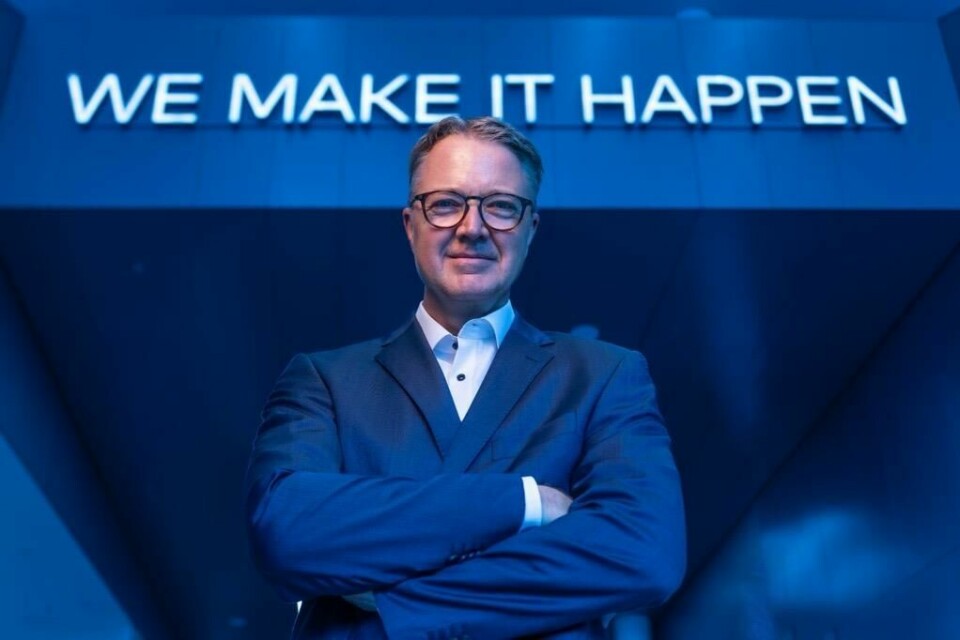
How Henkel is co-developing the EV batteries of the future
In this interview from the Automobil Produktion Kongress 2025, Loretta Dittrich, Logistics Director for Global Manufacturing Engineering at Jaguar Land Rover (JLR), shares how the company is responding to growing production complexity through automation, design integration, and strategic skills development.
“We do indeed see that complexity is spiralling at the moment,” said Dittrich, pointing to increased part variation and customisation in JLR’s vehicle line-up. “That drives a higher requirement for kitting, sequencing and Minomi into all of our facilities.”
However, this rising complexity is constrained by physical limitations. “That increases space requirements which we don’t necessarily have,” she explained. In response, JLR is introducing Very Narrow Aisle (VNA) systems to optimise warehouse layouts, and adopting automation in processes such as kitting and sequencing using goods-to-person systems.
While automation holds promise, it’s not easily applied everywhere. “We do find it challenging for legacy facilities or processes,” she noted. That’s why future programs are being shaped with automation in mind. “We’re trying to influence future programs and facility design… with automating logistics processes in mind,” she said. This includes vertical integration and modular assemblies.
Alongside system upgrades, JLR is investing in its people. “We’ve done a piece of work on strategic workforce planning where we’ve really looked at future skills requirements and identified the gaps,” Dittrich explained. The company is now introducing targeted training courses and creating defined career paths for technical experts.
“We can attract the right talents from outside of JLR as well,” she added.
By aligning automation, facility design, and workforce planning, JLR is building a more agile, future-ready production ecosystem.
